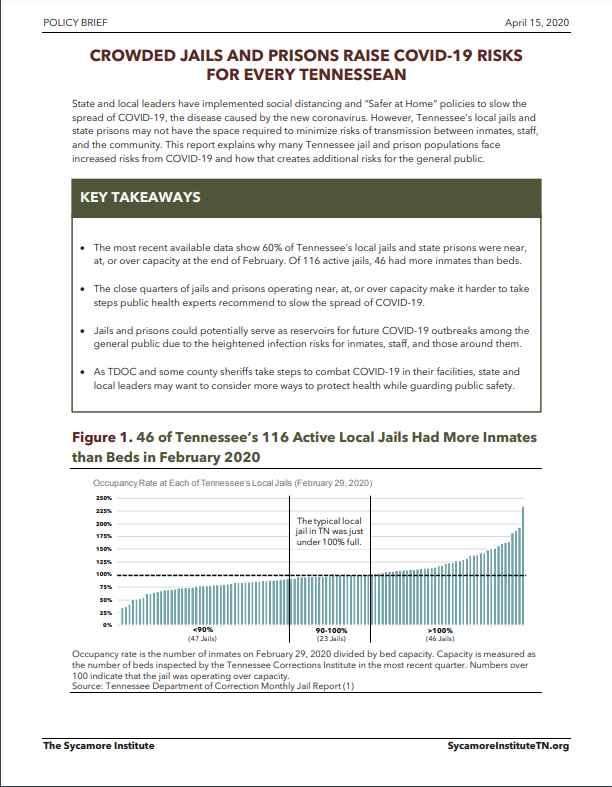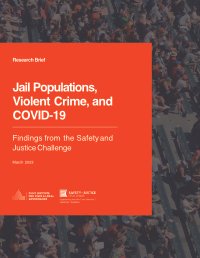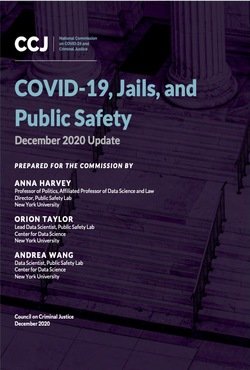By Auzeen Shariati, Rob T. Guerette
Purpose Following the rise of the novel coronavirus, de facto residential quarantines resulted either from executive stay-at- home orders, unemployment or through remote work requirements. One question that has arisen is whether the COVID-19 quarantines led to increases in domestic violence (DV), with research findings thus far being mixed. To further this under- standing, this study examined whether the frequency and geographic dispersion of DV increased during stay-at-home and phased reopening periods of the pandemic in New Orleans, Louisiana while accounting for socio-economic determinants. Methods The study built on a natural experiment of home quarantine and examined its effects on DV using a mixed-methods approach of quantitative and geospatial analyses. Data for the analyses came from a sample of 11,502 police reported DV incidents and ArcGIS portal data of sociodemographic information across neighborhood statistical areas (NSAs). Results While results revealed no significant increase of DV during early phases of the quarantine, a significant increase in frequency was observed in the second reopening phase compared to the same time-period in the previous year. However, the dispersion of DV incidents appeared stable with continued concentrations in pre-existing geographic ‘hot spots.’ Conversely, households which were greater in size exhibited significantly fewer DV incidents. Conclusion Findings suggest that prevention programs might target residences already inflicted with domestic violence his- tories in advance of future pandemic or natural disaster related residential quarantines. Findings also reveal that situational factors, such as number of household residents, might be used to triage the delivery of services.
Journal of Family Violence, 2022, 12p.





















